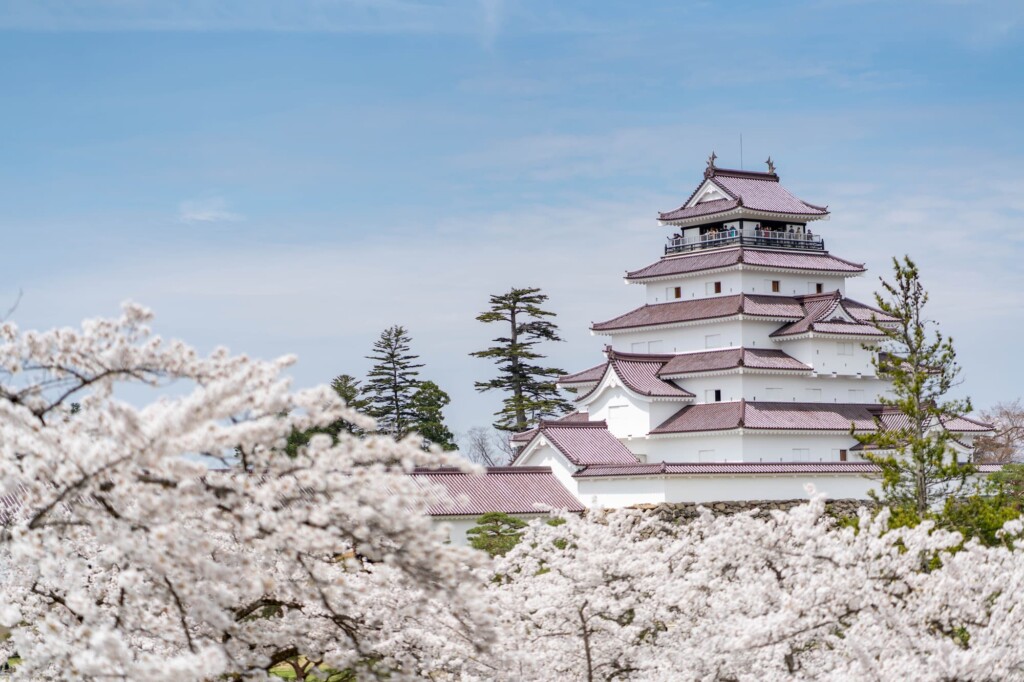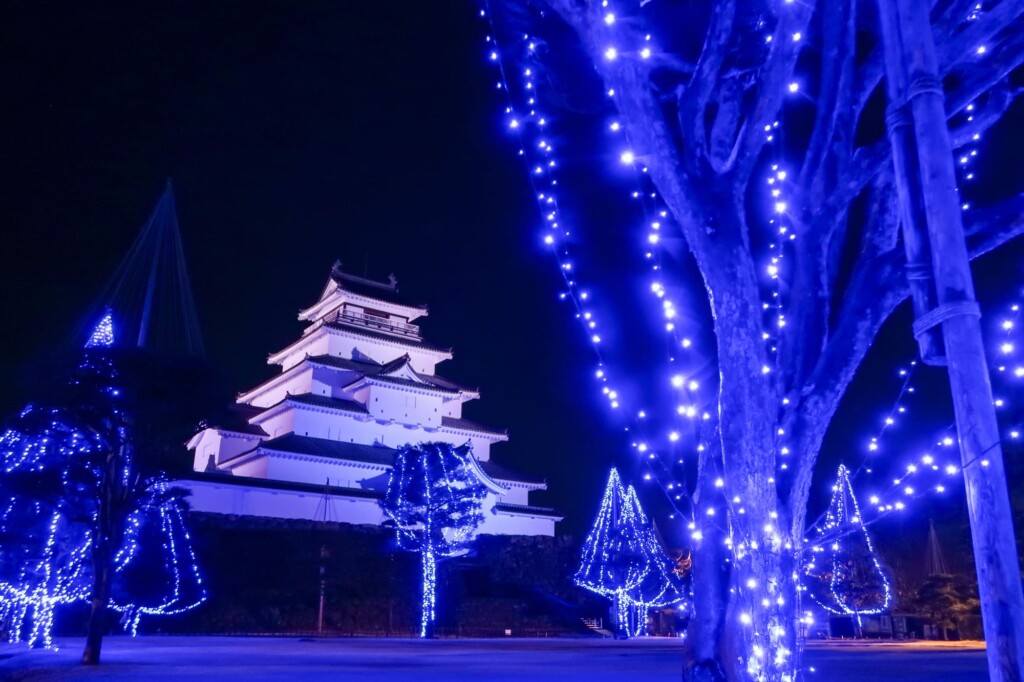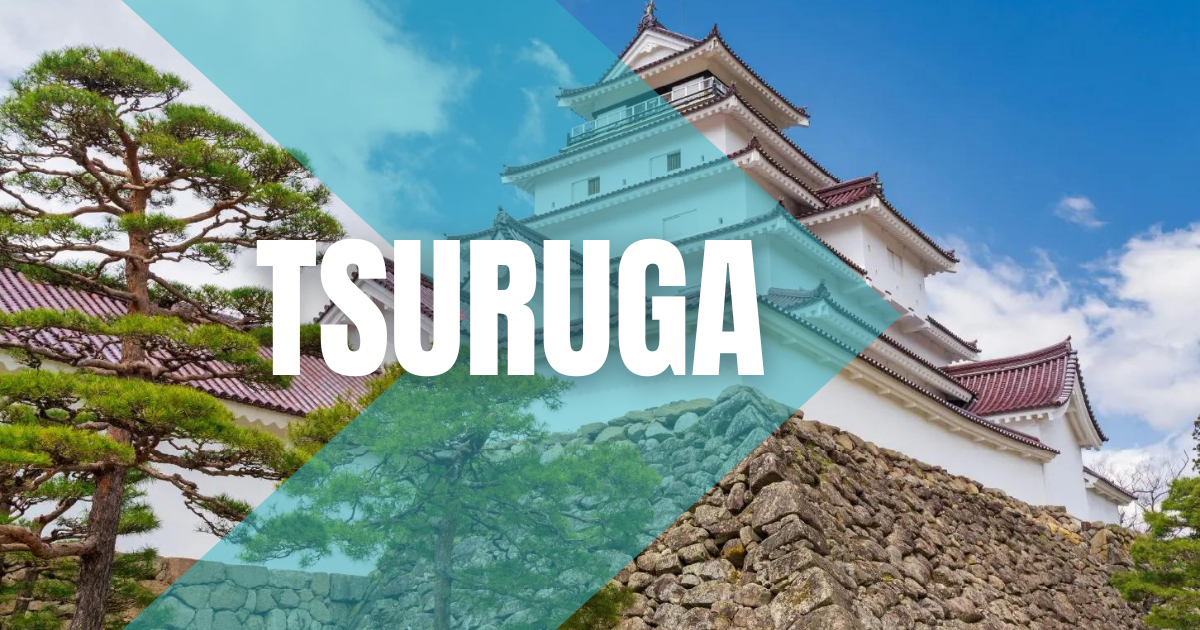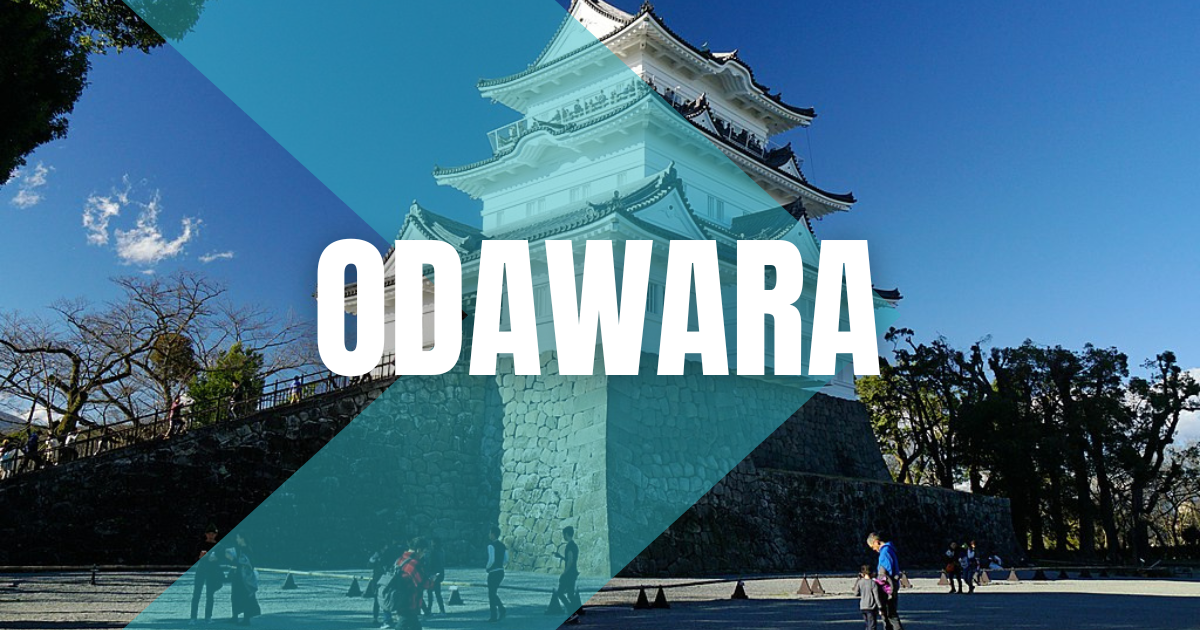Introduction
Nestled in the heart of Aizu-Wakamatsu City, Tsuruga Castle, also known as Aizu-Wakamatsu Castle, stands as a symbol of resilience and beauty. This iconic fortress, with its striking red-tiled roofs, offers a fascinating glimpse into Japan’s feudal past. As one of the Best Castles in Japan, Tsuruga Castle invites visitors to explore its rich history, stunning gardens, and the surrounding natural beauty.
| Official site | https://www.tsurugajo.com/tsurugajo/ |
| Address | 1-1 Otemachi, Aizuwakamatsu City, Fukushima |
| Entry Fee | 410yen |
The History and Origins of Tsuruga Castle
The Castle’s Background
Tsuruga Castle was originally constructed in 1384 by Ashina Naomori, making it one of the Ancient Japanese Castles. Over the centuries, the castle has undergone numerous reconstructions and expansions, particularly during the Edo period under the rule of the Tokugawa shogunate. Its strategic location in the Tohoku region made it a significant military stronghold.

Historical Changes
Throughout its history, Tsuruga Castle witnessed many battles and played a crucial role in several historical events, including the Boshin War. The castle was besieged in 1868, during the conflict between the forces of the Tokugawa shogunate and the Imperial army. Despite fierce resistance, the castle eventually fell, marking a pivotal moment in Samurai History. Today, the castle stands as a testament to the bravery and resilience of the samurai who defended it.
The Castle’s Construction Background
Tsuruga Castle’s construction reflects the architectural ingenuity of Japanese Castles. The original structure featured wooden frameworks and stone foundations designed to withstand sieges. The castle’s keep, or tenshu, was initially built with five stories, later expanded to seven, showcasing the evolution of castle design during Japan’s feudal era.
The use of red tiles on the roof is a unique feature that sets Tsuruga Castle apart from other Samurai Castles. This design choice was not only aesthetically pleasing but also functional, as the tiles were fire-resistant. The castle’s strategic design included moats, walls, and gates arranged to provide maximum defense against invaders. Each element of the castle was meticulously planned to create a formidable fortress capable of enduring prolonged attacks.
The castle’s extensive grounds were also part of its defensive strategy, featuring secondary enclosures, or kuruwa, which provided additional layers of protection. These areas were designed to slow down and disorient attackers, giving the castle’s defenders the upper hand.
Today, visitors can explore the reconstructed keep, which houses a museum dedicated to the castle’s history. The exhibits provide insight into the construction techniques, the daily life of samurai, and the historical events that shaped the region. This immersive experience allows visitors to appreciate the craftsmanship and strategic planning that went into building one of Japan’s most renowned Historical Castles.
Gardens and Surrounding Nature
The Beauty of Seasonal Gardens
The gardens of Tsuruga Castle are a serene escape, showcasing the beauty of Japanese Heritage Sites. Each season brings a unique charm to the castle’s surroundings. In spring, cherry blossoms create a pink canopy, while summer sees the gardens lush with greenery. Autumn transforms the area with vibrant reds and oranges, and winter blankets the landscape in pristine snow, offering picturesque views year-round.

Nature Trails and Attractions
The castle’s surrounding nature trails are perfect for leisurely walks, allowing visitors to immerse themselves in the natural beauty of the region. These trails lead to various scenic spots, including the famed Rinkaku Tea House, where one can experience a traditional Japanese tea ceremony. The area also offers panoramic views of the city and the distant mountains, making it a must-visit for nature enthusiasts.
Must-See Attractions and Experiences
Visitors should not miss the opportunity to explore the castle’s interior, which features exhibits on Samurai History and the castle’s role in Japan’s feudal era. The observation deck provides stunning views of the city and the surrounding landscape. Additionally, the nearby Byakkotai graves and Nisshinkan Samurai School offer deeper insights into the samurai culture and the historical significance of Aizu-Wakamatsu.
Connections with Famous Castle Lords
Tsuruga Castle has been associated with several prominent figures in Japanese history. One of the most notable is Matsudaira Katamori, who played a significant role during the late Edo period. His efforts to defend the castle during the Boshin War are legendary, and his connection to the castle is deeply ingrained in the local history. The castle’s museum features exhibits detailing the lives and contributions of these historical figures, providing a comprehensive understanding of their impact on the region.

Main Events
Special Seasonal Events
Tsuruga Castle hosts various events throughout the year that attract both locals and tourists. In spring, the castle grounds become a hub of activity with the annual cherry blossom festival. During this time, the castle is illuminated at night, creating a magical atmosphere. Summer brings the Aizu Festival, featuring traditional parades and performances. Autumn is marked by the Chrysanthemum Festival, showcasing beautiful flower arrangements, while winter offers the Aizu Painted Candle Festival, where the castle is surrounded by thousands of lit candles, creating a breathtaking spectacle.
| Date | Event |
|---|---|
| Jan-01 | New Year’s Celebration |
| Apr-05 | Cherry Blossom Festival |
| May-03 | Golden Week Special Exhibition |
| Jul-15 | Summer Fireworks Display |
| Oct-10 | Autumn Chrysanthemum Festival |
| Dec-31 | Year-End Illumination |
Souvenirs
Unique Souvenirs
No visit to Tsuruga Castle is complete without purchasing a few unique souvenirs. The castle’s gift shop offers a variety of items that reflect the region’s rich history and culture. Popular choices include traditional crafts such as Aizu lacquerware and Akabeko (red cow figurines). Visitors can also find samurai-themed merchandise, including replica swords and armor, as well as local delicacies like sake and sweets. These souvenirs make perfect mementos of your visit and are great gifts for friends and family.
Access
Access to Tsuruga Castle
By Train
To reach Tsuruga Castle from Tokyo, take the JR Tohoku Shinkansen from Tokyo Station to Koriyama Station, which takes about 1 hour and 20 minutes. From Koriyama Station, transfer to the JR Ban-Etsusai Line and take a train to Aizu-Wakamatsu Station, which takes approximately 1 hour and 15 minutes.
By Bus
From Aizu-Wakamatsu Station, you can take a bus to Tsuruga Castle. The bus ride takes about 15 minutes. The bus stop you need to get off at is “Tsurugajo Iriguchi” (鶴ヶ城入口).
By Car
If you prefer to drive, Tsuruga Castle is approximately a 3-hour drive from Sendai via the Ban-Etsu Expressway. There are parking facilities available near the castle.
On Foot
From Aizu-Wakamatsu Station, you can also reach Tsuruga Castle by walking. It takes about 30 minutes to walk from the station to the castle, allowing you to enjoy the scenic views of the city along the way.



